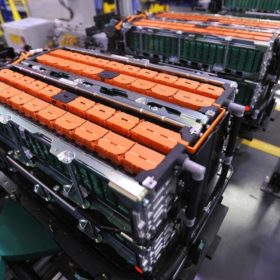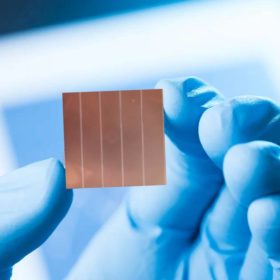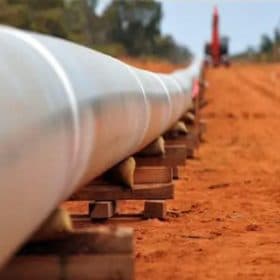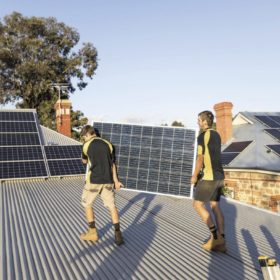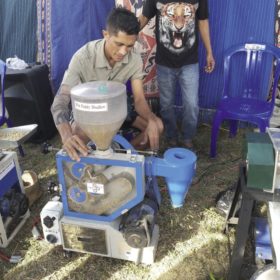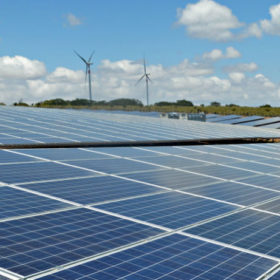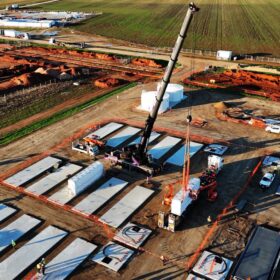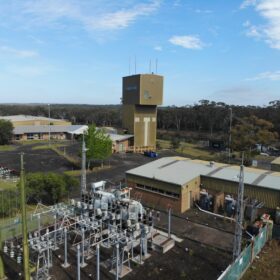Novel nanomaterial to replace graphite in lithium-ion batteries
Porous nanostructured microspheres made of copper, iron, and iron oxide were used by an international research team as negative anode material in lithium-ion batteries. The new technique is claimed to provide three times more capacity than batteries based on graphite anodes.
In the mind of a residential PV system owner
Scientists in the Netherlands have identified five different profiles of homeowners that have installed or could install rooftop PV systems. According to their findings, substantial differences characterise the five segmentation groups. The research is intended to help policymakers and solar companies to better promote PV technology among potential new adopters.
Perovskite solar cell with cesium-titanium dioxide nanotubes
A global research group has developed a perovskite PV cell with titanium dioxide nanotubes doped with cesium. It purportedly offers better short-circuit current and power conversion efficiency than cells without cesium nanoparticles. They say it has optimal thermal stability under temperatures up to 800 C.
Victoria devotes $10 million more to hydrogen, and joins the dots of a green hydrogen economy
In the race to develop hydrogen projects, pilots and potential, Victoria has stated its advantages and desired outcomes. The Australian Hydrogen Council commends the state’s just-published Renewable Hydrogen Development Plan as “comprehensive”.
Victoria’s minimum solar feed-in tariffs to drop by 34%
The delicate balancing act between incentivising rooftop solar uptake, versus moderating its effects on the grid and electricity markets continues, with the Victorian energy regulator reducing the state’s minimum solar feed-in tariff from 1 July.
Synergy community fund spreads more solar love
We all want to reduce our energy bills, but not-for-profits can really make every cent saved by rooftop solar count. The 2021 Synergy Community Solar Fund has kilowatts of clean free energy on offer for West Australian charitable and community organisations.
Weekend read: Filling the energy technology, poverty gap
Advanced technology is of little use if it cannot reach those who need it most. Two Indonesian companies – Kopernik, an NGO based in Bali, and Sumba Sustainable Solutions, from the island of Sumba – are trying to bridge the gap between those in need and those with technological solutions. They both focus on the PV electrification of rural areas and brightening Indonesia’s “last mile.”
Freshly appointed Shadow Energy Minister, Bowen, eager to shift the renewable conversation in Australia
Chris Bowen, who was appointed Labor’s Minister for Climate Change and Energy after a reshuffle in January, told pv magazine Australia he’s keen to make job creation his core focus, framing renewable investment as a Covid recovery solution rather than the end of Australia’s historic coal mining industry, which has dominated Federal narrative.
World’s biggest solar farm added to Infrastructure Australia priority list
Sun Cable’s ambitious $22 billion Australia-ASEAN Power Link, which would export solar energy from the Northern Territory to power Singapore, continues to shine bright with the Australian Government including the megaproject on its Priority Initiative List.
States put faith in new bodies to guide on shift to renewables
The Queensland and New South Wales state governments have reaffirmed their commitment to the solar, wind and hydrogen industries with the establishment of new bodies which will help guide the states in their transition toward a renewable energy future.
